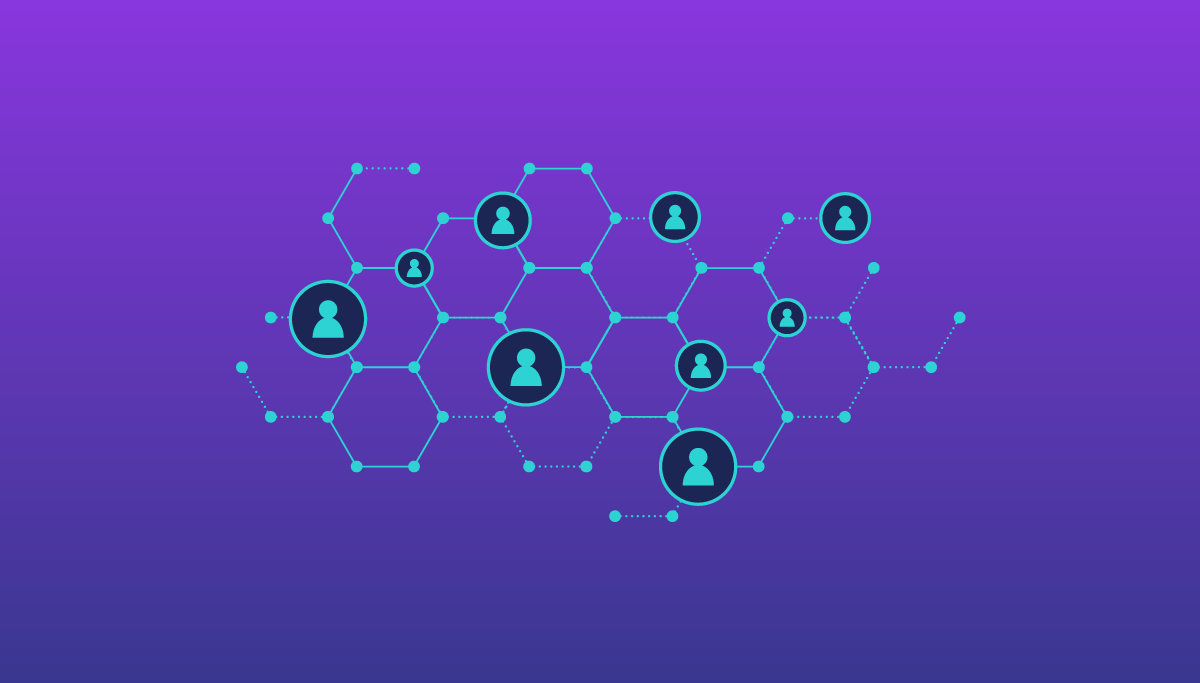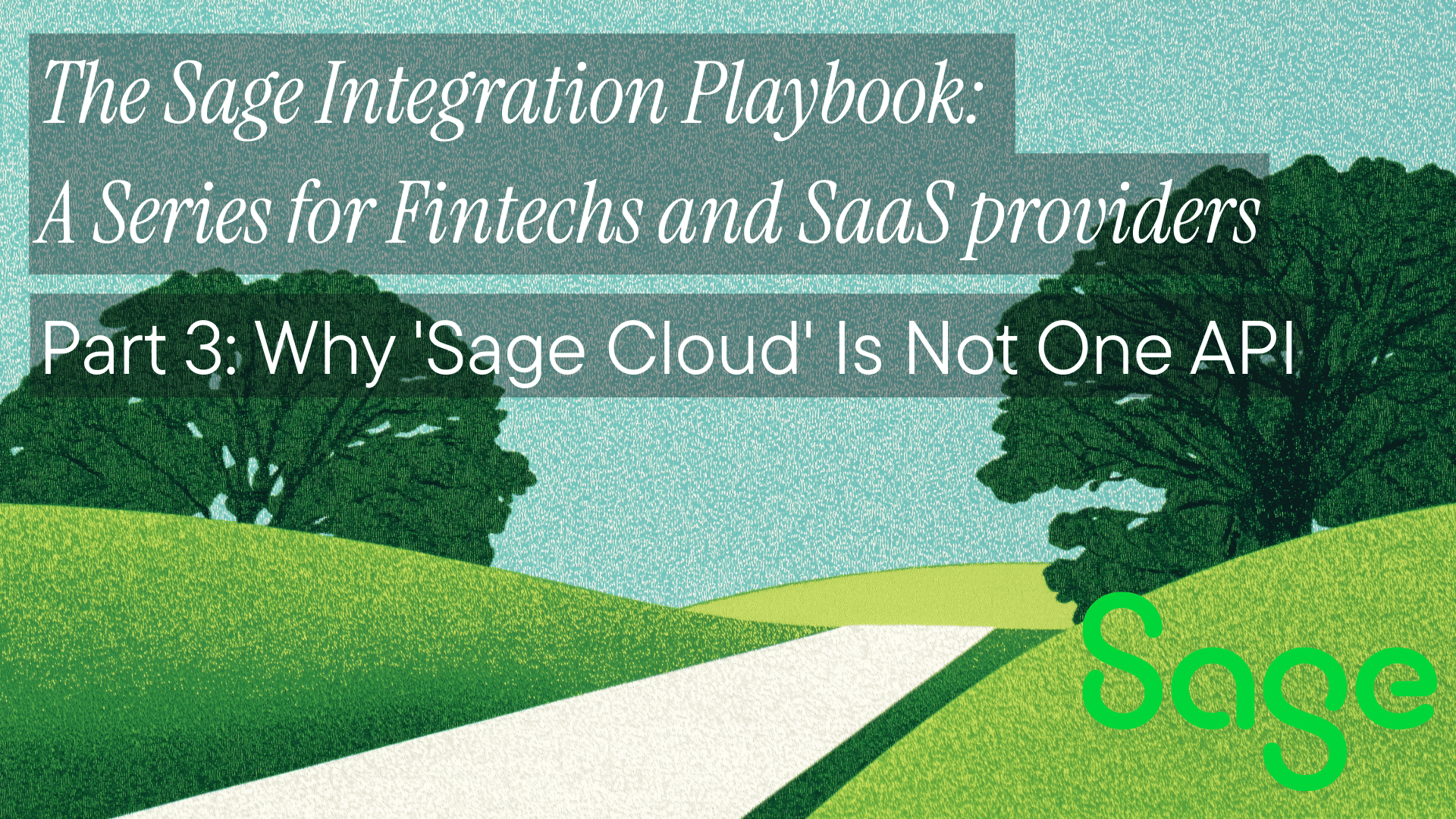Strong developer communities are fundamental to a thriving software ecosystem. By uniting programmers around a common subject, communities enable users to share ideas, progress software projects, support each other and have fun. Vibrant engagement sparks creativity and collaboration that would otherwise be impossible to replicate without a strong community foothold. While developer communities typically form quite naturally, there are ways to encourage one to arise around your project or API. Below, we'll outline some of the top ways to build an authentic developer community.
What is a developer community?
Developer communities unite on a common subject and meet to share knowledge to better all involved. You may find developer communities emerging as vendor-neutral meetups or virtual user groups formed around a particular product. They come in many shapes and forms, but one thing always rings true — a developer community is all about the people involved.
There are developer communities across all software areas, from programming languages to frontend libraries, API specifications, artificial intelligence, and more. For example, developer communities are primarily responsible for maintaining large open-source projects like Linux, OpenAPI, or Docker. Whether public or internal-facing, developer communities are crucial to ensure the continuation and success of great software.
Why focus on building a developer community?
Building and sustaining a developer community takes grit and a lot of after-work effort. But, the returns are typically well worth it. Providing developers with a shared space to interact is essential for advancing the trade as a whole. For the API industry, where interoperability is crucial, only through community engagement can great integrations and standards thrive.
10 tips for building a strong developer community
So, how do you build a great developer community? Below, we outline ten methods to foster a strong developer community.
1. Arrange developer events 📅
One obvious way to encourage a community is to plan an event. This could be an in-person meetup, a conference, virtual seminar, or webinar.
Invite expert speakers to explore a new trend, share their project, or provide a deep dive with live-coding tutorials. To appeal to programmers, content should be specific and technical, without vendor-bias or sales-ey infomercials from sponsors. When selecting speakers, diversity and inclusivity are key! For example, an all-white male cast would offer a narrow viewpoint.
For developer events, the format and formality really depend on the attitude of your community. For example, some hardcore developer communities embrace a democratic unconference format with no official agenda and improvised roundtable talks. Regardless, it's good to keep a consistent pace of events — monthly, for small ones, or yearly, for large ones.
2. Utilize a chat platform 💬
Another way to support a developer community is to start a dedicated chat room. This can easily be accomplished using Slack, Discord, Microsoft Teams, or with a Google Group. By inviting users to converse on a shared chat, you create a vital locus to connect and discuss.
3. Lead open-source efforts 🧑💻
According to a Red Hat report, 90% of enterprise IT leaders use open source. Open-source software (OSS) is now fundamental to all applications — but it all depends on community support. By supporting open-source projects, you positively impact the broader ecosystem, resulting in a net positive for all involved.
Supporting OSS could mean contributing to non-internal GitHub repositories or sharing useful proprietary software with the world, such as a means to extend your platform with open SDKs and libraries. You could also financially sponsor open-source API economy projects, such as AsyncAPI, APIs.guru, or OpenAPI. By leading open source efforts, you can contribute to the community, increase awareness, and help guide how standards form.
4. Be active on developer forums 🙋
Communities require leaders who share their subject matter expertise. A great way to do this is by being an active participant in popular developer forums, such as Stack Overflow, Quora, GameDev.net, Apple Developer Forums, or Android Development Community. Some organizations may also benefit from hosting their own developer forum. Knowledge should not have a price — using these forums, experts can provide resolutions to common hangups, increasing participation and interest for many developers.
5. Hold recurring office hours 🏢
Strong developer communities offer equally strong support mechanisms. One way to do so is to set aside weekly office hours to invite questions. By opening up a recurring dialogue through weekly office hours or virtual seminars, developers can expect a consistent method to resolve problems and spark new conversations.
6. Recognize heroes 🦸
Another way to encourage your developer community is to raise individual contributors. Recognize the impact of community contributors by sharing their stories in a blog post or podcast interview format. Some communities even give out awards, such as Pronovix's yearly DevPortal Awards or Nordic APIs' Best Public API of the Year award. By spotlighting innovative apps and community members, you can help establish standards for other projects to model.
7. Encourage user groups 🧑🤝🧑
Third-party user groups often naturally form around a product or service, like WordPress, AWS, or Shopify. Though it's difficult to force an external group to form, you can take steps to encourage such groups get started. Similar to a franchise model, offer guidance and support to user group leadership. Write a Q&A about forming a user group, share upcoming events, and create a list of user groups so developers can easily find their local chapter.
8. Triumph inclusivity and diversity 🌍
Imposter syndrome can be a real impediment to creating a thriving community. Developer communities should instead be welcoming and inclusive of all skill sets and entry levels. Simultaneously, developer communities should strive to positively affect the tech industry by creating affordances for the underprivileged and underrepresented groups, such as POC or LGBTQ. For example, the Apidays conferences series sponsors an ongoing Women in APIs pledge to encourage female speakers and connect them with female mentors and coaches.
9. Have a code of conduct 📜
A developer community must be safe. Participants should encounter a welcoming and respectful environment within all physical and virtual spaces. Even though this is expected courtesy, it's a good idea to state your policies upfront officially. Make it clear that harassment, racism, sexism, or discrimination of any kind is not tolerated. Secondly, take active measures to ensure your code of conduct is actually enforced. This means maintaining a contact page to report violations and responding to remove trolls when necessary.
10. Keep a log of community health 🩺
Lastly, monitor the health of your developer community. How many channels are active in Discord? How many people are joining per week? To measure your developer community metrics, it could be helpful to adopt a community organization tool, like Commsor or Orbit Model. While some of these KPIs fall into the purview of developer experience metrics, others could help developer community leads track the pulse of their community and identify active user champions or underserved topics.
Five examples of all-star developer communities
We've covered many techniques to build developer communities, but who is following them in practice? Here are some examples of model developer communities.
Salesforce developer community
Salesforce checks many of the developer community boxes. They offer discussion forums for the many Salesforce-related topics. They feature local user groups and exalt star community members, referred to as Trailblazers. Salesforce also strives for diversity with a Black Lives Matter mission statement.
Hugging Face OSS
Hugging Face is an example of an open-source software community built around Natural Language Processing (NLP). In addition to maintaining a hub featuring many community-uploaded NLP models, Hugging Face also works toward its mission of democratizing NLP by developing new, state-of-the-art open-source models. This is an excellent example of how to grow a developer community around a shared goal.
Shopify developer forum
While forums like Stack Overflow are great for general advice, complex platforms can benefit from having a dedicated knowledge center. With over 80,000 users, Shopify's community board represents an impressive sample of a forum-based developer community.
AWS user groups
AWS encourages developer communities in many ways. One method is by providing helpful resources to assist community leaders in forming their own local user groups. At the time of writing, there are over 400 AWS-focused user groups around the world. AWS provides a catalog to help developers filter by region to find their local chapter.
GitHub community
GitHub, the famous platform for collaborative version control, is arguably the most prolific developer community. Besides offering a platform for hosting open-source software, GitHub itself follows many of the tenants of quality developer community building. For example, GitHub spotlights significant contributors and organizes developer-oriented events, such as Community AMAs and virtual conferences, in addition to speaking and sponsoring at countless others.
Other ideas
In addition to the ten tips above, some other ideas for building a developer community include:
- Have fun: Organize non-work activities, like cooperative gaming or an outdoor group hike.
- Blog: Submit thought leadership to external blogs like Dev.to.
- DevRel: Hire a developer community manager.
- Social Media: Maintain developer-focused Twitter accounts, be active on social media, and reshare cool projects.
Build developer communities with authenticity
Above, we explored some first steps to ignite a developer community. Once up and running, developer communities can bring exponential returns to help surrounding engineers and improve overall technology.
However, it's important to note that communities can take years to develop. Communities also require ongoing maintenance to tend — more significant efforts like conferences can easily incur high expenses.
Also, developer communities should not be used as a marketing outlet for "free publicity," or leveraged to convert members into paying customers. Short-sighted approaches could easily backfire. Instead, the best communities grow organically and exude authenticity. "Be part of your community, do not just sell to it," reminds Kin Lane.
Ready to get started?
Scale your integration strategy and deliver the integrations your customers need in record time.













